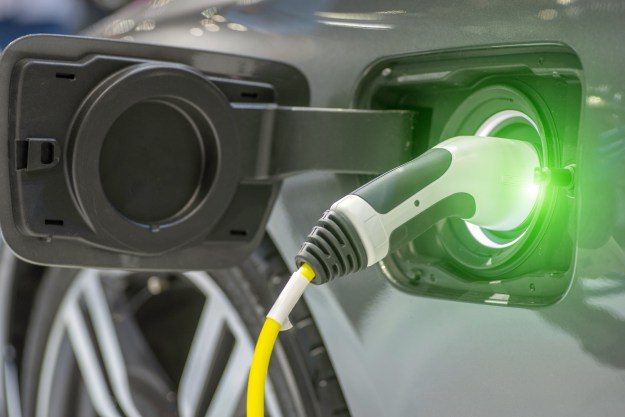Volvo’s electrification strategy includes putting an unprecedented focus on plug-in hybrid technology, and launching at least one fully electric car before the end of the decade. We sat down with Henrik Green, the company’s senior vice president of research and development, to get more insight on the technologies keeping his team busy.
Digital Trends: Volvo will introduce its first electric car in 2019. Can you tell us more about it?
Battery efficiency will reach a point where it’s no longer economical to also carry a combustion powertrain
Henrik Green: Our first electric model will be based on the modular CMA platform, so it will be a 40-series-sized car. It will be a global model. We’re still a little bit secretive about exactly what form it will take, but I can tell you it’s going to be all-new.
We are also applying electrification to the bigger SPA platform, which underpins the 60- and 90-series models, so those clusters will be electrified, too.
Where do you see plug-in hybrid cars? Are they a stop-gap towards full electric models, or will the two be sold alongside in the foreseeable future?
That’s a good question. Of course, it comes down to battery efficiency. I see two things going on in the future.
For a standard customer, battery efficiency will reach a point where it’s no longer economical to also carry a combustion powertrain. Instead, it’ll be better to add size to the battery pack to cover whatever range you need.

At that point, a majority of customers will prefer full EVs.
At the same time, some of our customers will always need to travel truly long distances on a regular basis. I believe they will use a combustion engine – either as a standard hybrid or as a plug-in hybrid – for longer, because the really long-range commuting will be most efficient with a combustion engine for quite some time.
Volvo predicts the take-up rate for electric cars will increase significantly in about 2019. Will customers or government regulations drive the shift?
The three-cylinder we’re working on is a fantastic engine, it’s really smooth. I believe when people get into it they won’t want anything else.
It requires a bit of forecasting. I wouldn’t say we have a lot of customers that ask us for an electric car today, they’re quite happy with what we offer. It’s more of us forecasting how battery efficiency will improve from now until then.
Around 2019 or 2020, it will make absolute sense to sell an electric car that offers range and performance in a very affordable package. And, at that point in time, we forecast the customers will ask us for an electric car.
Volvo is investing in hybrids and electric cars. Are you done dabbling in hydrogen?
We’re always researching new energy technologies, including both fuel cells and hydrogen, so we can quickly react if they make a break-through. However, at this point it’s quite clear that we’re focusing on EVs in the near future.
Your team is also working on a brand-new three-cylinder engine. When are we going to see it for the first time in a production model?
It’s around the corner. You’ll see it very soon.
Three-cylinder engines are sometimes noisy and rough. Are you worried about sacrificing Volvo’s hallmark comfort?
We have discontinued the five- and six-cylinder engines so we only offer four-cylinders at the moment. We asked that same question a few years ago when we announced our downsizing strategy. Can the four-cylinder offer comfort, power, performance, and acceptable levels of NVH?
Well, we proved technology solves that quite well. The three-cylinder we’re working on is a fantastic engine, it’s really smooth. I believe when people get into it they won’t want anything else.
A majority of the customers buying a Volvo wouldn’t really notice if there was a four- or a three-cylinder in the car. Of course, we’ll offer different power levels. An expert will be able to tell the difference, but regular customers won’t.
Can you imagine a 90-series model with the three-cylinder?
We’re working on a future plan for Polestar. It’s really interesting.
There are no technical limitations, so it depends on the market. In my view, the 90-series will get the three-cylinder in time. A three-cylinder with something close to 200 horsepower would perfectly suit a 90-series car. From my perspective, it will be a global engine.
And then there’s electrification. I would almost say a future customer would need to be quite a tech nerd to really bother with figuring out whether the car has three or four cylinders, at least when the engine is coupled with whatever electrification is on board.
What’s next with your performance brand Polestar?
We’re working on a future plan for Polestar. It’s really interesting. We will come back later and talk about the plan. If you like what we currently do, it will be a very interesting thing to look into when we decide to reveal more details.
Will we ever see another Volvo coupe?
Maybe.







